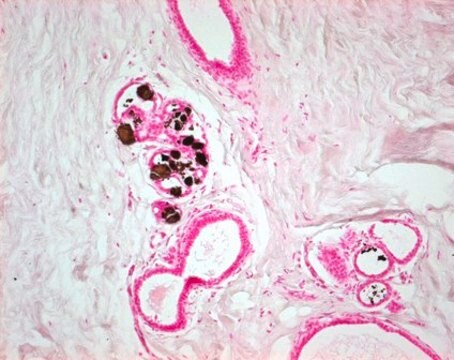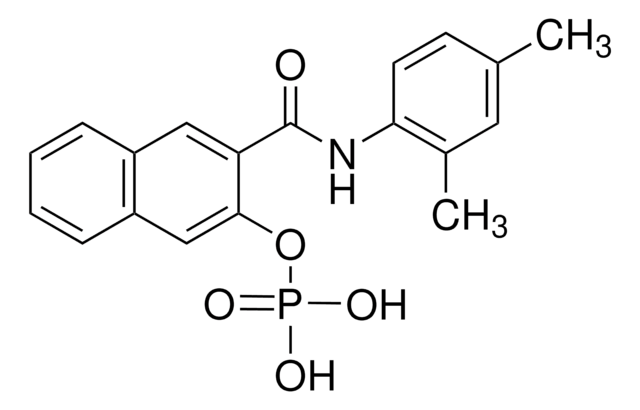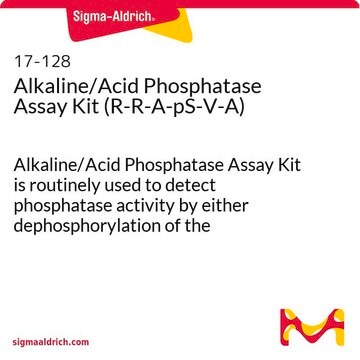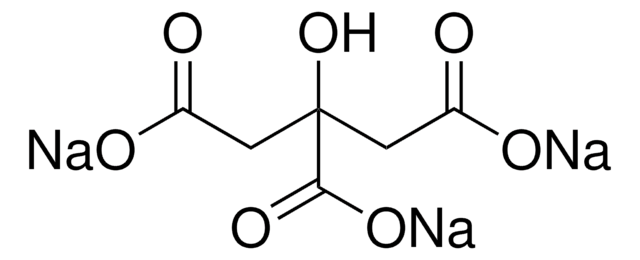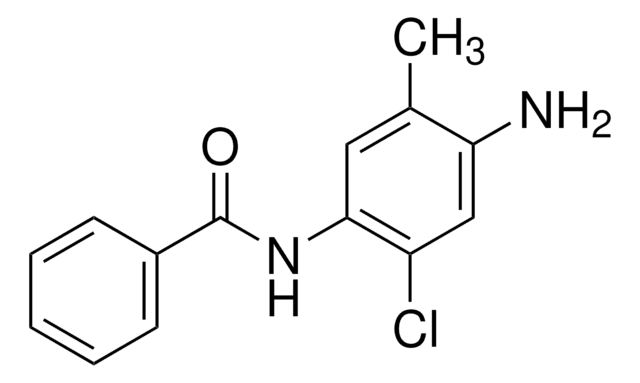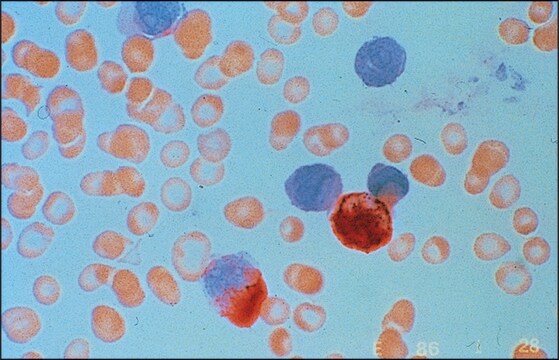86R
Leukocyte Alkaline Phosphatase Kit
based on naphthol AS-BI and fast red violet LB
Sign Into View Organizational & Contract Pricing
All Photos(1)
About This Item
UNSPSC Code:
12352106
eCl@ss:
42010105
NACRES:
NA.47
Recommended Products
Quality Level
shelf life
Expiry date on the label.
IVD
for in vitro diagnostic use
application(s)
hematology
histology
shipped in
wet ice
storage temp.
2-8°C
Looking for similar products? Visit Product Comparison Guide
Application
Leukocyte Alkaline Phosphatase (LAP) kits are intended for the qualitative demonstration of alkaline phosphatase activity in white blood cells.
Peripheral blood or bone marrow preparations are fixed to a microscope slide. The film is then incubated in a mixture of naphthol AS-BI alkaline solution with fast red violet LB. The resulting insoluble diffuse, red dye deposit indicates sites of alkaline phosphatase activity.
Kit Components Only
Product No.
Description
- Citrate Solution (915) 50 mL
- FRV-Alkaline Solution (862) 10 mL
- Hematoxylin Solution, Gill No. 3 (kit only) 50 mL
- Naphthol AS-BI Alkaline Solution (861) 10 mL
- Sodium Nitrite Solution (914) 10 mL
Signal Word
Danger
Hazard Statements
Precautionary Statements
Hazard Classifications
Acute Tox. 4 Oral - Eye Dam. 1 - Met. Corr. 1 - Skin Irrit. 2 - STOT RE 2 Oral
Target Organs
Kidney
Storage Class Code
8A - Combustible corrosive hazardous materials
Flash Point(F)
Not applicable
Flash Point(C)
Not applicable
Choose from one of the most recent versions:
Certificates of Analysis (COA)
Lot/Batch Number
Don't see the Right Version?
If you require a particular version, you can look up a specific certificate by the Lot or Batch number.
Already Own This Product?
Find documentation for the products that you have recently purchased in the Document Library.
Customers Also Viewed
Alessandro Polini et al.
PloS one, 6(10), e26211-e26211 (2011-10-25)
The development of a new family of implantable bioinspired materials is a focal point of bone tissue engineering. Implant surfaces that better mimic the natural bone extracellular matrix, a naturally nano-composite tissue, can stimulate stem cell differentiation towards osteogenic lineages
R Raz et al.
Proceedings of the National Academy of Sciences of the United States of America, 96(6), 2846-2851 (1999-03-17)
Propagation of mouse embryonic stem (ES) cells in vitro requires exogenous leukemia inhibitory factor (LIF) or related cytokines. Potential downstream effectors of the LIF signal in ES cells include kinases of the Src, Jak, and mitogen-activated protein families and the
Edgardo Rodríguez-Carballo et al.
PloS one, 9(7), e102032-e102032 (2014-07-10)
p38 MAPK activity plays an important role in several steps of the osteoblast lineage progression through activation of osteoblast-specific transcription factors and it is also essential for the acquisition of the osteoblast phenotype in early development. Although reports indicate p38
Salvatore Patanè et al.
Cancer research, 66(9), 4750-4757 (2006-05-03)
The MET oncogene was causally involved in the pathogenesis of a rare tumor, i.e., the papillary renal cell carcinoma, in which activating mutations, either germline or somatic, were identified. MET activating mutations are rarely found in other human tumors, whereas
Terence P Gade et al.
PloS one, 6(7), e22608-e22608 (2011-07-30)
The purpose of this study was to develop a paradigm for quantitative molecular imaging of bone cell activity. We hypothesized the feasibility of non-invasive imaging of the osteoblast enzyme alkaline phosphatase (ALP) using a small imaging molecule in combination with
Our team of scientists has experience in all areas of research including Life Science, Material Science, Chemical Synthesis, Chromatography, Analytical and many others.
Contact Technical Service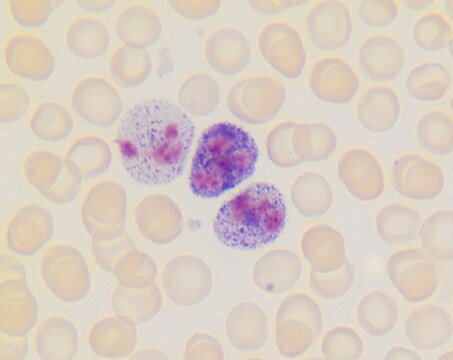
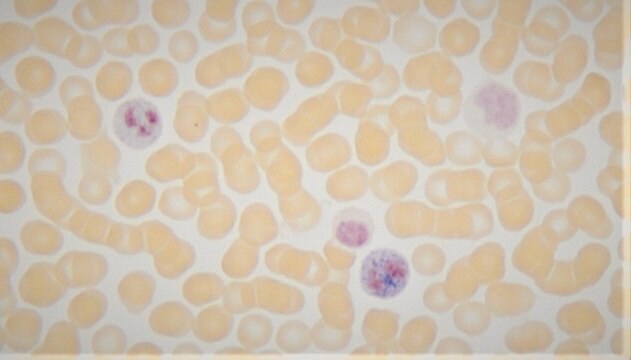
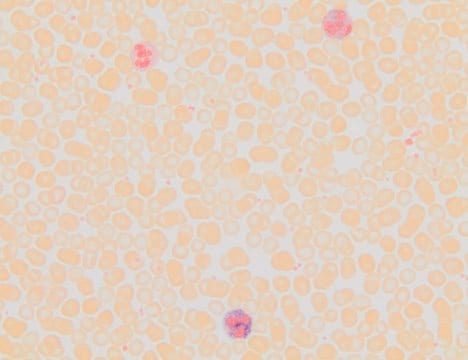

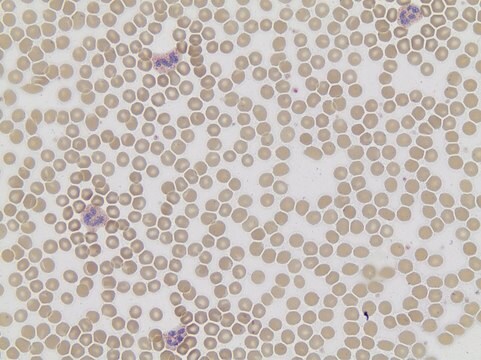

![2-[4-(2-Hydroxyethyl)-1-piperazinyl]-ethanesulfonic acid Buffer substance HEPES EMPROVE® EXPERT](/deepweb/assets/sigmaaldrich/product/images/351/602/c50c8b6f-6bcd-4751-9064-2cc5cb47d00f/640/c50c8b6f-6bcd-4751-9064-2cc5cb47d00f.jpg)
